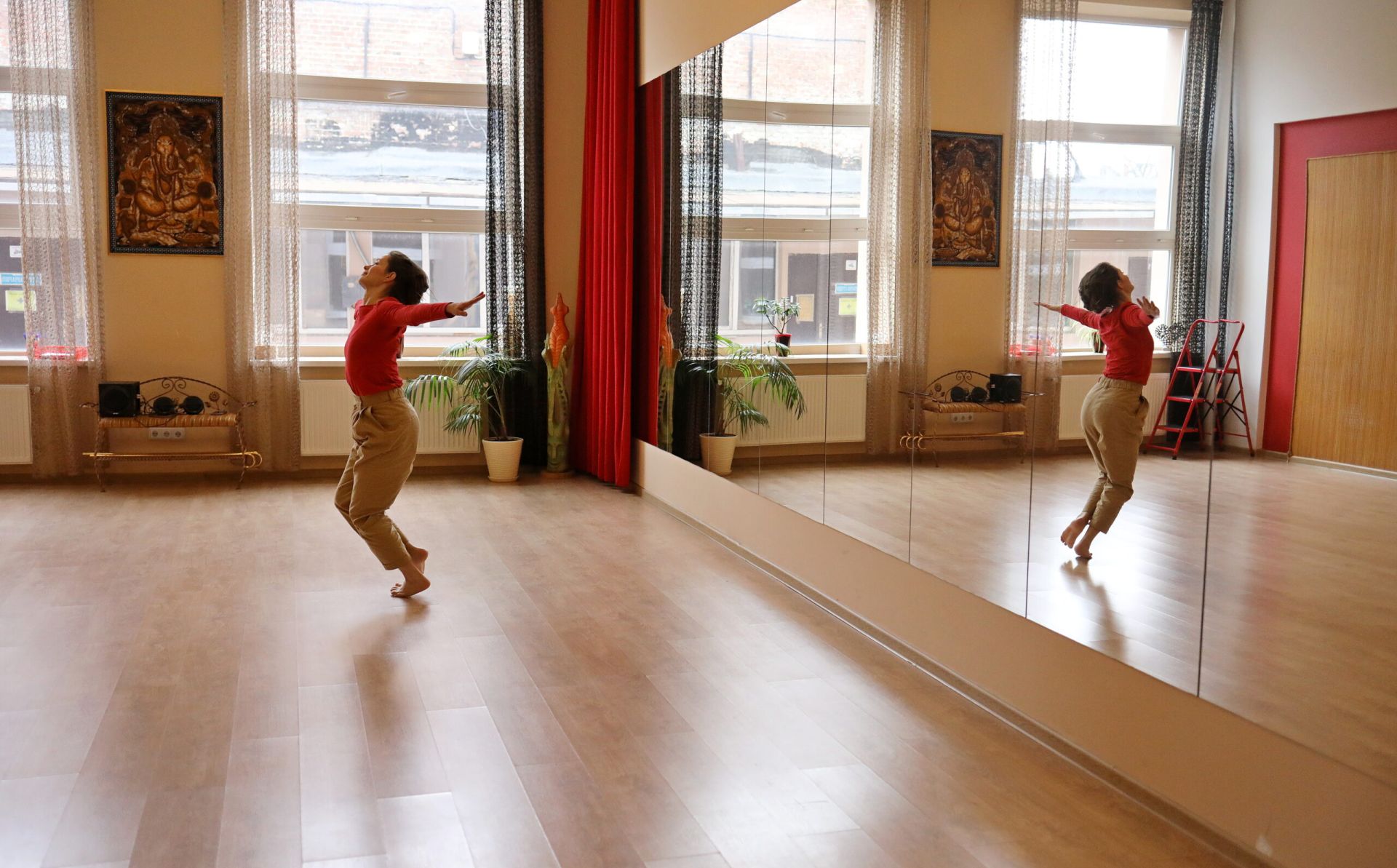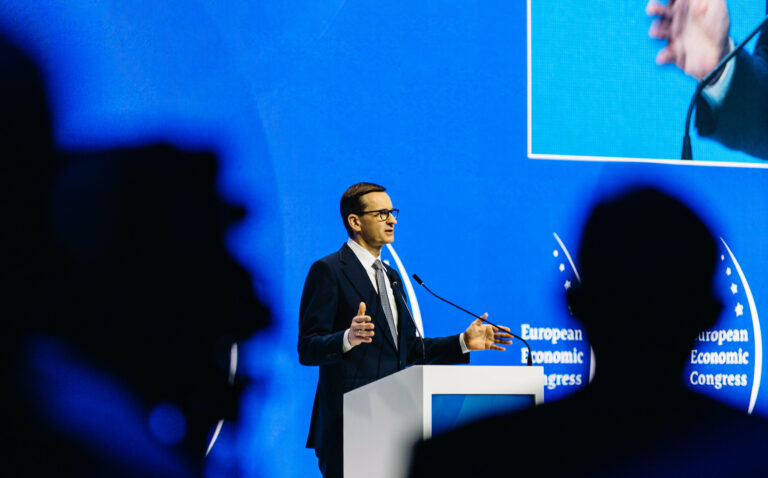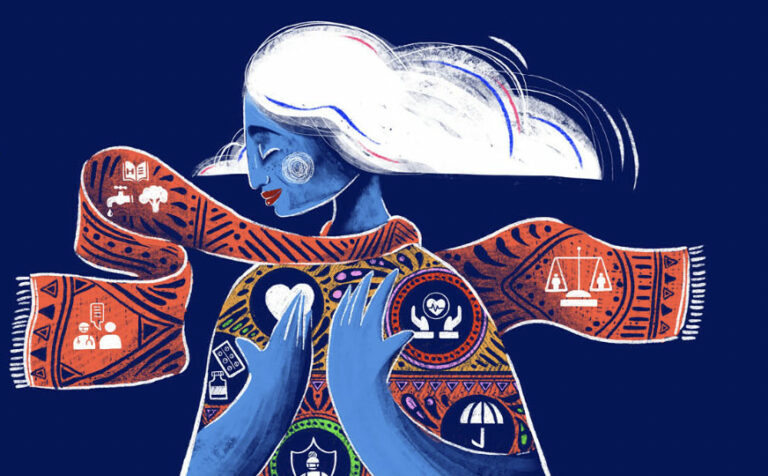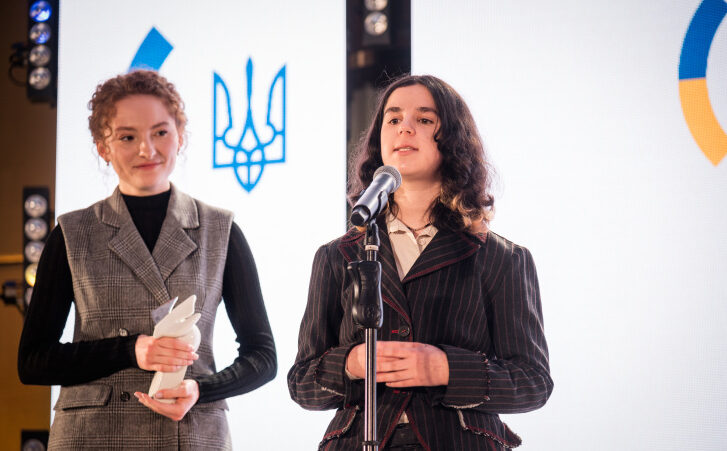
The culture is in crisis and the European youth can get it back to normal
The pandemic has dramatically affected the prosperity and wellbeing of those who work in the Cultural and Creative Sectors (CCS) all over the Eastern Neighborhood. Due to the COVID-19 outbreak, the cultural institutions were not able to function and faced the most unpredictable crisis of the century. The cultural events on local, national and international levels halted and stuck the artists left stuck in stagnation. How can the Eastern Neighborhood countries reanimate the cultural life and prevent the crisis from happening again? Here we offer some hints to get us back on track.
Extending vaccine eligibility to all cultural workers and artist
Vaccination brings new opportunities to support the workers of cultural sectors. Among the other professions, they should have a priority to get a vaccine to resuscitate the cultural life and national economies of the Eastern Neighborhood states. In this stage of the pandemic, the governments of the Eastern Neighborhood are facing a task of particular importance – to organize the vaccination most effectively. This requires to spread of the vaccine between two groups as fast as it is possible: the healthcare professionals who are on the COVID-19 frontline and the elderly people who are the most vulnerable to the virus. Nevertheless, cultural industries are crucial for the employment and generation of a state’s GDP. For instance, the cultural sector created 3.17% of jobs in Ukraine, 4.86% in Armenia and 5.1% in Georgia. Also, it generated 4.04% of Ukraine’s and 2.8% of Georgia’s GDP.[1] Moreover, the content generated by artists facilitates the mental health rehabilitation of the population after the pandemic.[2]
Henceforth, updating the vaccination plans in Eastern Neighborhood with including the CCS workers and artists in the list of prioritized categories would benefit the resurrection of the sector, economy and employment. This particular sector of the economy can be well-boosted even alone by vaccinating its professionals. Otherwise, cultural life will be stuck in the long uncertainty.
Support of inter-state cultural activities within the Eastern Neighborhood
In the European Union, the halting of international mobility was seen as one of the main effects of lockdown. The unprecedented restriction directly led to the loss of income opportunities for non-standard workers hired by organisations, very limited opportunities for physical cultural production/distribution/presentation and reduced/no networking opportunities.[3] While there is not yet comprehensive research of the COVID-19 pandemic impact on the CCS in the Eastern Neighborhood, the experience of the EU Member State demonstrates that cancelled performances, travel restrictions, lack of access to the workplace and inability to meet the collaborators became one of the harshest lockdown barriers.[4] In the Eastern Neighborhood states, artists and cultural workers faced the same challenges. However, while in the EU such aftermaths of the lockdown seem to be weakened, the Eastern Neighborhood is still in the crisis. For example, in Georgia, the quarantine is seeming to be less and less strict, while in Ukraine the government cultural institutions have been inactive for more than a year which led to a dramatic loss of income of those who work in the CCS and halting of all the cultural cooperation withing the Eastern Neighborhood.
The EU has put much efforts to support the CCS during the lockdowns. The existing projects, such as European Cultural and Creative Cities, House of Europe, European Capitals of Culture were rightly adjusted for the challenges of the pandemic and the needs of the CCS professionals.[5] Other EU Member States prioritized culture in their recovery and resilience plans[6] and urged other national governments and the European Commission to dedicate at least 2% of the national recovery and resilience plans (RRF) for the Cultural and Creative Sectors.
Consequently, as the number of the CCS professional rise, the governments of the Eastern Neighborhood states should pay special attention to restarting the existing cultural activities within the Eastern Neighborhood states and setting up the new ones. Special attention is to be given to the young artists representing the culture of national minorities who requires government support more than others. Otherwise, the fragile knots of the cultural partnership between individual artists and cultural institutions within the Eastern Neighborhood may be damaged or even lost.
Conclusion
Without dancers and singers, actors and musicians, screenwriters and dressers, Europe would not be the same anymore. The people who filled us with joy before the pandemic are those who will inspire us to reach the post-COVID world in the nearest future. They will unite the Europeans again via concerts, theatre plays and fashion weeks.
The EU is constantly supporting CCS professional in the Eastern Neighborhood via grants and partnership programs. The Eastern Neighborhood, Culture & Creativity and House of Europe social media pages are rich in opportunities for those who work in CCS, especially young people and seeking to lead new projects. Additionally, many cultural institutions of the EU Member States, such as the Austrian Cultural Forum, Goethe-Institut, British Council, Institut Français, Česká Centra and Danish Cultural Institute. Do not hesitate to explore new opportunities and share them with your friends.
Lastly, the virus outbreak influenced all kind of workers in the Eastern Neighborhood countries. Without any doubt, all of them deserve fast access to vaccines. Nevertheless, given the dramatic impact of the pandemic on the CCS and its inability to normally function for more than a year, the MPs, governments and local authorities should ensure the survival of the cultural economy by extending vaccine eligibility to all cultural workers and artist and support of inter-state cultural activities between the Eastern Neighborhood states.
[1] https://www.euneighbours.eu/en/east/stay-informed/news/culture-and-creativity-programme-its-impact-eastern-partnership-region
[2] https://www.oecd.org/cfe/leed/culture-webinars.htm
[3] https://www.europarl.europa.eu/RegData/etudes/STUD/2021/652242/IPOL_STU(2021)652242_EN.pdf p 30
[4] Arts Council Ireland, Findings from Artists’ Survey 3–13 April 2020.
[5] https://ec.europa.eu/culture/resources/coronavirus-response
[6] https://cultureactioneurope.org/news/member-states-urged-to-prioritise-culture-in-their-recovery-plans/
LATEST

Building Europe: Poland’s experience of joining the European Union and lessons for Ukraine

World Health Day 2024: My Health, My Right

EUREKA MEETS EUROPE – opportunities to develop and study. My experience

Can you wear pink in the workplace?

Go where your deepest fears lie: finding the courage to overcome gender barriers in STEM
More campaign pages:
Interested in the latest news and opportunities?
This website is managed by the EU-funded Regional Communication Programme for the Eastern Neighbourhood ('EU NEIGHBOURS east’), which complements and supports the communication of the Delegations of the European Union in the Eastern partner countries, and works under the guidance of the European Commission’s Directorate-General for Neighbourhood Policy and Enlargement Negotiations, and the European External Action Service. EU NEIGHBOURS east is implemented by a GOPA PACE-led consortium. It is part of the larger Neighbourhood Communication Programme (2020-2024) for the EU's Eastern and Southern Neighbourhood, which also includes 'EU NEIGHBOURS south’ project that runs the EU Neighbours portal.

The information on this site is subject to a Disclaimer and Protection of personal data. © European Union,